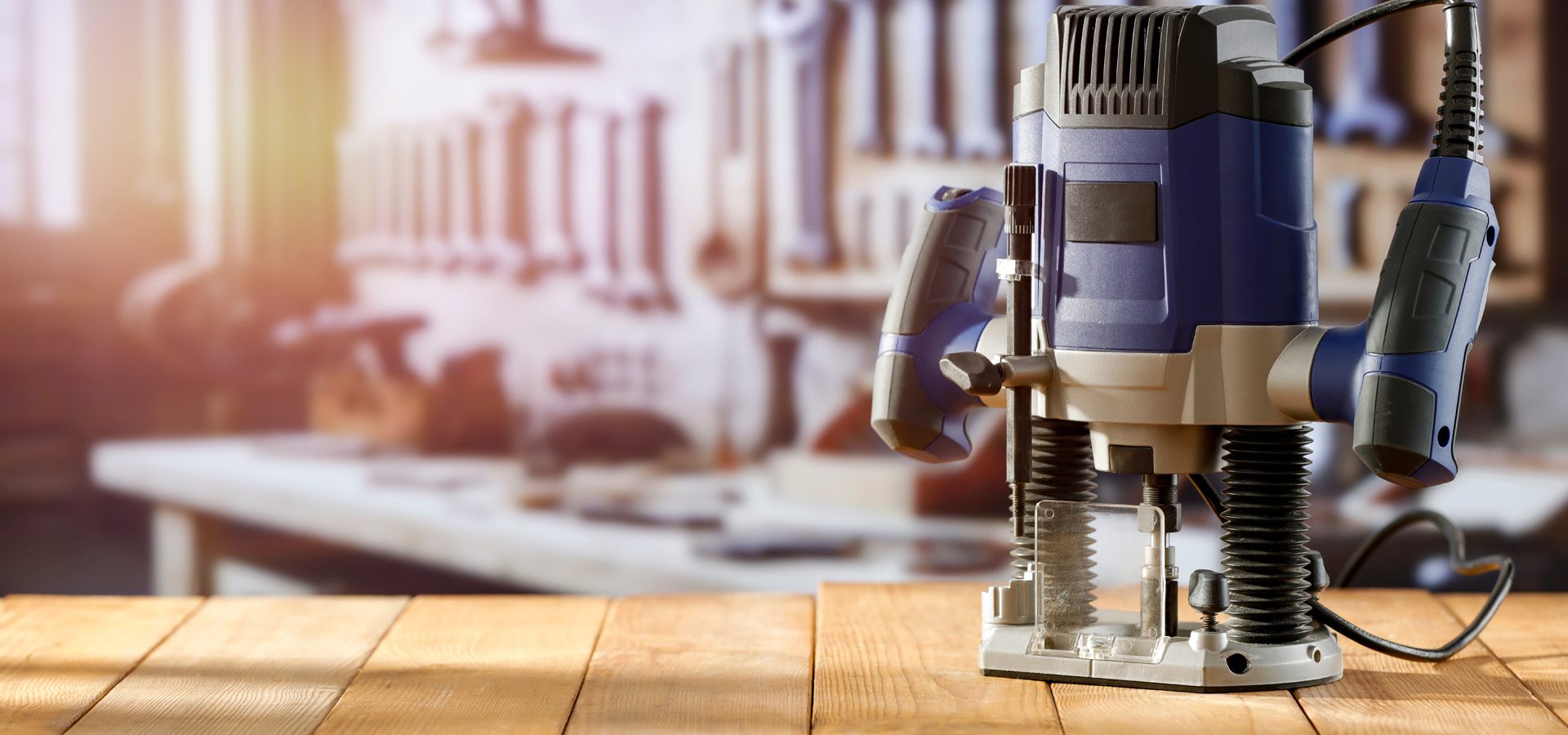Running a truss plant is tough. Every time the line stops, you lose time, money, and materials. Non-US jig parts may seem like a bargain, but they often end up costing more in the long run. Quality parts may cost more initially, but they last longer, work more efficiently, and keep your crew safer.
The Real Cost of Cutting Corners
At first glance, budget parts appear to be a smart cost-saving measure. But in practice, here’s what happens:
- Frequent breakdowns: Cheap gantry wheels crack, rollers seize, cylinders lose precision. Suddenly, your production line halts while you scramble for replacements.
- Poor output quality: If your jig isn’t precise, neither are your trusses. Misaligned joints, bent members, wasted material, and unhappy customers result.
- Safety risk: A faulty or worn part can cause accidents. One failure in a busy shop can lead to injury, downtime, and even liability issues.
These aren’t just theories; they’re realities many plants face when choosing cheaper parts that weren’t built to last.
Where Quality Really Pays Off
Some parts work harder than others, and that’s where the quality difference really shows:
- Wheels & rollers: These bear heavy loads day in, day out. Quality wheels roll smoothly longer; cheap ones develop flat spots, vibrations, and noise.
- Cylinders: Cylinders must handle constant pressure. Cheap ones lose accuracy and make weak joints.
- Pop-up/lift-out parts: These must return precisely to the same place every time. Lower-quality versions drift, forcing constant readjustment and slowing production.
When these parts perform reliably, you eliminate a massive chunk of minor breakdowns and constant adjustment work.
The U.S. Context: A Downtime Cost Worth Noting
To put things in perspective, unplanned downtime is a massive drain on manufacturers across the U.S. According to multiple industry sources, manufacturing plants often lose $260,000 per hour when equipment is unexpectedly down.
One breakdown doesn’t just stop one machine; it slows the whole plant, leaves crews waiting, delays orders, and hurts your reputation. At peak times, losses accumulate rapidly.
The Long-Term Payoff
Switching to premium parts brings several tangible benefits over time:
- Fewer breakdowns, more uptime: Your line runs more consistently instead of stopping for repairs.
- Longer service life: Quality components resist wear, maintain their alignment, and require replacement less often.
- Improved accuracy: Jigs maintain tolerance, resulting in fewer wasted materials and higher build quality.
- Lower lifetime cost: Yes, you pay more up front. But you avoid repeated part purchases, emergency fixes, lost output, and wasted batches.
Over months and years, the “extra” initial investment often becomes a net savings.
Maintain What You Invest In
Even the best parts need care. These four practices make a difference:
- Daily inspections: Catch loose bolts, binding wheels, or misalignments before they morph into big problems.
- Cleaning: Sawdust, grit, and debris accelerate wear and tear. Keep components clear of buildup.
- Lubrication: Follow manufacturer schedules strictly. Lubricated parts last far longer than neglected ones.
- Training operators: A component is only as good as the way it’s used. Teach proper loading, handling, and adjustment procedures to ensure safe and efficient operation.
Good maintenance extends the life of your property and protects your investment.
Upgrading Smartly (Without Breaking the Bank)
You don’t need to rebuild your whole jig at once. Start where failures hit hardest:
- Replace worn gantry wheels first — they take constant abuse.
- Upgrade cylinders that act most often.
- Focus on table parts or assemblies used heavily or under stress.
Then, over time, replace other components piece by piece. This phased approach strikes a balance between cost and impact.
What to Look for When Buying
Not all “premium” is equal. Here’s how to screen suppliers:
- Proven track record: Look for companies with a long history of experience in truss or jig parts.
- Solid warranty: A supplier who stands behind their parts gives confidence.
- Technical support: You want engineers or experts who understand jigs and can troubleshoot.
- References: Ask for truss plants using their parts—real-world proof matters.
Even a brief breakdown in a truss plant can result in thousands of dollars in lost production, wasted lumber and plates, and delayed orders. That’s why investing in parts that last is always the more intelligent choice.

